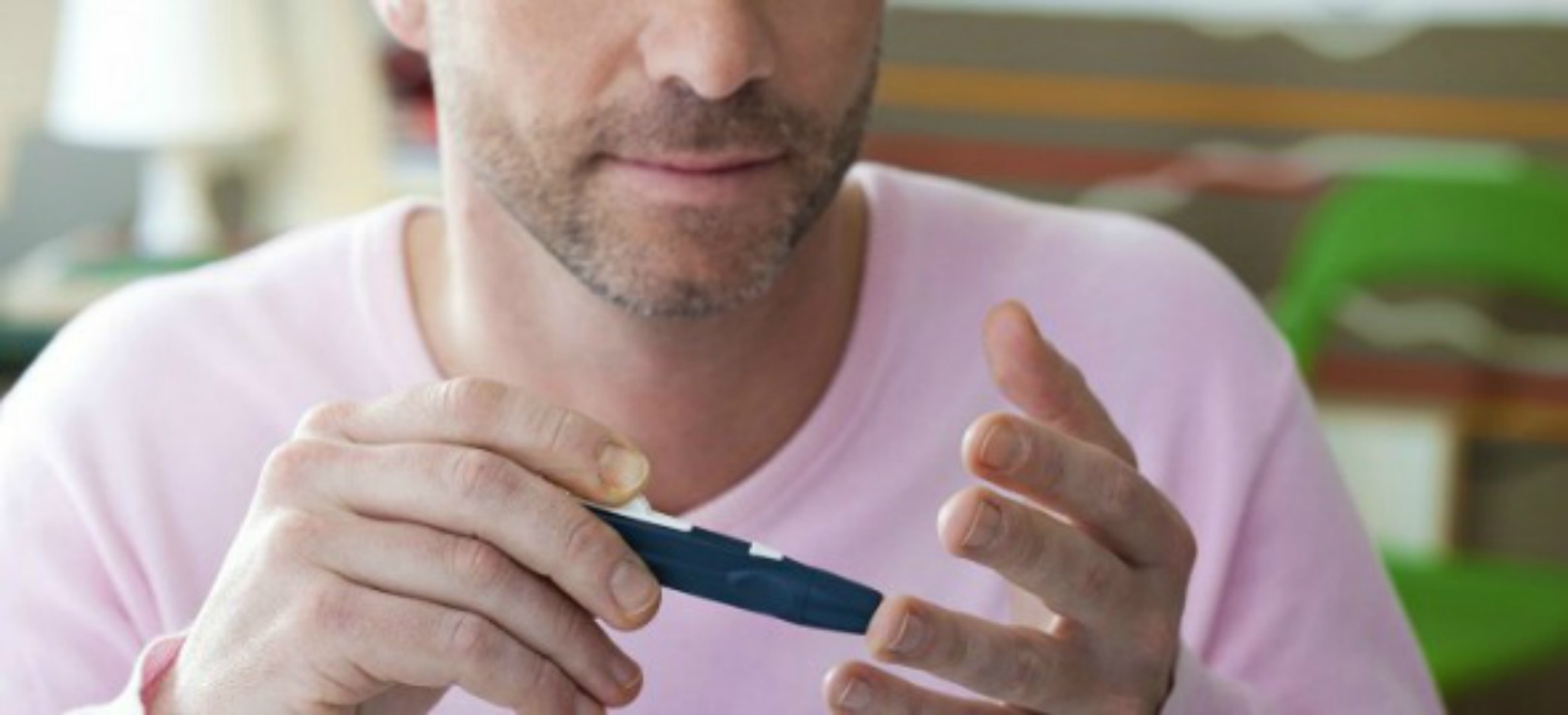With type 2 diabetes in particular, it is advisable to avoid an excessive postprandial glycaemic response. In this respect, the glycaemic index (GI) which expresses the speed and intensity of the glycaemic response after eating a particular food is very useful. However, the glycaemic load (GL) is even more relevant; in addition to the GI, this takes into account the amount of carbohydrate actually consumed.
A comparison of the glycaemic loads of various snacks, such as a piece of cake, a biscuit, a dessert or a yogurt, reveals the advantages of eating yogurt: the glycaemic load of 200 g of yogurt is clearly lower than the GL of smaller servings of other types of food.
|
Food Item |
GI | Serving Size (g) |
GL |
| Chocolate-filled biscuit (Prince) | 52 | 45 | 16 |
| Chocolate Cake | 38 | 111 | 20 |
| Dessert (instant, chocolate, made from powder and whole milk) | 47 | 100 | 7 |
| Yogurt | 36 | 200 | 3 |



